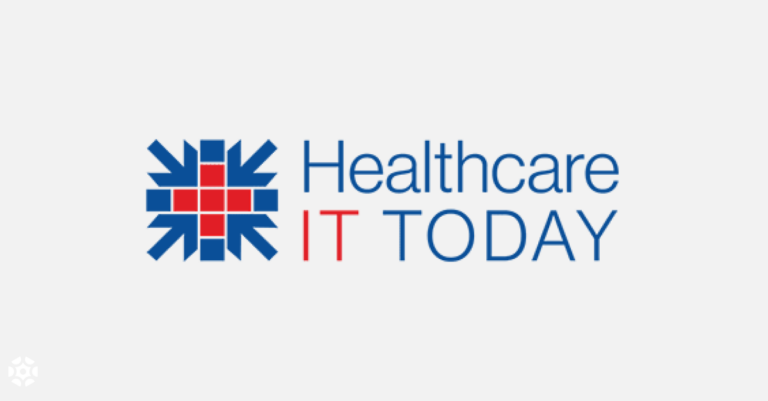We’re excited to bring you our latest Four Questions Series blog featuring Windsor Healthcare Communities. Windsor Healthcare Communities operates nine Skilled Nursing Facilities throughout New Jersey and provides long-term, post-acute rehabilitation services to patients. Windsor Healthcare prides itself in providing advanced services that work to improve patient quality of life while maintaining a top-of-the-line care setting. We sat down with Joshua Jacobs, VP at Windsor Healthcare Communities, to learn more about how his team uses Pings to help improve care throughout the post-acute community.
How does Pings help you accomplish your goals?
PatientPing (Pings) comes at a very interesting time for the post-acute industry. Over the last several years, with the rise of ACOs and value-based care models, the post-acute community has been asked to closely coordinate care with upstream referral partners such as hospitals, as well as downstream providers such as home care agencies. But, there has been a lot of friction in terms of having good care coordination occur between these different care settings, as each ACO has their own idea of what coordinated care actually looks like.
Take data metrics, for example. New Jersey alone is a pretty dense market, with many overlapping health systems. Each one of these health systems have forged their own paths in terms of care coordination, and how they ultimately will achieve cost savings under the ACO model. While certain hospitals want us to send them a monthly report, others want us to send only a quarterly report. Some hospitals simply want readmission and length of stay rates, while others want to know everything down to how many patients received a shower within the first 24 hours of admission.
At the end of the day, we need to provide high-quality care and do it in a productive manner, but it takes a tremendous amount of time and labor to generate, track, and share this data with our upstream providers.
One goal that PatientPing (Pings) is helping us with is seamlessly sharing data with health systems. As a result, we are not constantly mining our own data, preparing it in various formats, and sending it off, which takes a huge burden off of us. This allows for hospitals to get the information that they need from us, without a tremendous amount of work on our behalf. PatientPing (Pings) also allows for a much more integrated care coordination process. Other health systems that don’t use PatientPing (Pings) still rely on armies of care coordinators to keep track of where their patients are. There have been times where patients come to our facilities on a weekend or holiday, and important care coordination and patient program information doesn’t get transmitted to us. PatientPing (Pings) helps to really automate all of this. It allows us to easily filter through our patients, decipher which programs or ACOs they are part of, while also seeing their hospital diagnoses. In the past, a patient’s hospital diagnosis was a black box. Due to this, it was hard to know who was actually a bundled payment patient and who wasn’t. With PatientPing (Pings), we’re able to actually see this information from the hospitals.
Because we’re no longer excluded from this clinical information, we’re really brought into the inner circle, and see for ourselves which care programs that hospital has its patients on, what diagnosis that patient has, or how long they were in the hospital for, which affects our clinical decision making.
What do you like most about Pings?
I’m a data guy, so I really like having very specific information. I’ve found that most of the tools out there involving patient information, such as EMRs, are generally either very complex and difficult to use, or very sparse on information. The ones that are complex give you many options, but getting the data that you need often takes a significant amount of time and effort. On the other hand, the more simplistic systems don’t often give you the depth that you are looking for.
What I like about PatientPing (Pings) is that the patient roster filters are very intuitive and easy to use. They are simple, yet powerful. With a couple of clicks, you are able to filter out your entire patient subset to find a particular patient. This has really allowed us to make our decisions much faster than we could prior to implementing PatientPing (Pings).
How has Pings improved your workflows and your relationships with the hospital?
PatientPing (Pings) has allowed us to understand which patients are in our buildings in a much more effective way. It is very important for us to know which patients are part of which ACOs, because specific hospitals have important requirements for these patients. While it is the hospital’s responsibility to provide us with this information, it can often fall through the cracks. With PatientPing (Pings), we can, for the first time, filter our patient roster by which ACOs our patients are members of. We’ve used this feature a number of times to alert hospitals on their ACO patients, allowing us to monitor patients, follow care protocols, and initiate communication dialogue between these different care settings. Since implementing PatientPing (Pings), our workflows are much less clunky, and have allowed for us to take a very proactive approach as opposed to a reactive one.
There is so much information out there, but that doesn’t necessarily make it useful information. I have found that the information provided by PatientPing (Pings) is useful.
What do you see for the future of interoperability and data sharing?
What I envision is a very seamless window into patient data, from the time of a patient’s pre-admission, to their hospital stay, all the way to their post-acute care. Right now, we have so many gaps in understanding what happens to patients, and it’s very difficult for us to go beyond our basic function in providing care. We are very good at providing post-acute services, but the truth is, we may not be providing the best possible care because we simply don’t have the full picture. We might know what happens to a patient when they arrived at our doorstep, but we have to begin making inferences about their prior care. By having the whole window, it would allow us to know so much more about what patients need, our role in providing their care, as well as how we can improve and optimize that care. In theory, if we had all of the data, maybe we would find that we were providing the best services that we possibly could. However, I have a hunch that we would discover a lot of things that we could be doing better with a broader view of the patient.
Right now, there simply isn’t that seamless visibility into the life of a patient that is necessary in order to customize and optimize care. I’ve seen the beginnings of many of these information walls begin to come down, but we’re still in a version 1.0 state. I’m hoping to see information be available higher in the life and care cycle of a patient, and that this information will become available to those providing the hands-on care on a minute-by-minute basis in order to make the best decisions and provide the best care possible for patients.
Thanks so much, Joshua! For more information about how Bamboo Health can enhance your care coordination efforts, contact us.



